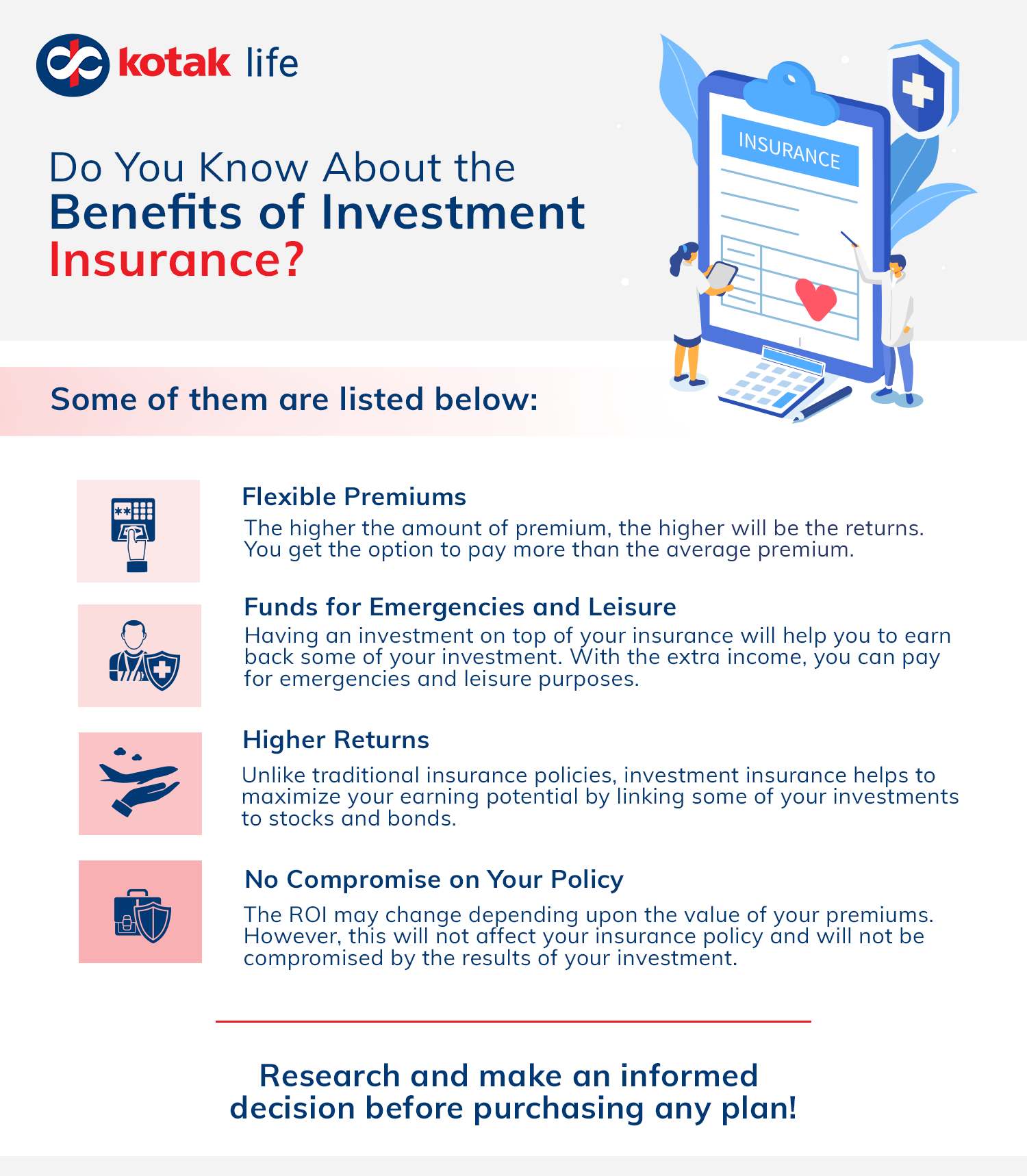Getting The Pacific Prime To Work
Getting The Pacific Prime To Work
Blog Article
Not known Facts About Pacific Prime
Table of ContentsThe Main Principles Of Pacific Prime The Best Strategy To Use For Pacific PrimeThe smart Trick of Pacific Prime That Nobody is DiscussingPacific Prime - Questions10 Simple Techniques For Pacific Prime

This is due to the fact that the data were collected for a period of strong economic performance. Of the approximated 42 million people who were without insurance, almost regarding 420,000 (regarding 1 percent) were under 65 years of age, the age at which most Americans become qualified for Medicare; 32 million were grownups between ages 18 and 65, around 19 percent of all adults in this age group; and 10 million were children under 18 years old, concerning 13.9 percent of all kids (Mills, 2000).
These price quotes of the number of persons uninsured are generated from the yearly March Supplement to the Existing Population Survey (CPS), performed by the Census Bureau. Unless otherwise noted, nationwide price quotes of people without wellness insurance and percentages of the populace with various type of insurance coverage are based on the CPS, one of the most widely used source of quotes of insurance policy protection and uninsurance rates.
Not known Facts About Pacific Prime

Still, the CPS is especially beneficial due to the fact that it creates annual quotes fairly quickly, reporting the previous year's insurance protection approximates each September, and because it is the basis for a regular set of estimates for greater than two decades, enabling evaluation of trends in insurance coverage in time. For these reasons, as well as the substantial usage of the CPS in various other research studies of insurance policy protection that exist in this record, we depend on CPS price quotes, with restrictions kept in mind.

The estimate of the variety of uninsured individuals expands when a populace's insurance coverage standing is tracked for numerous years. Over a three-year duration beginning early in 1993, 72 million individuals, 29 percent of the united state population, lacked insurance coverage for a minimum of one month. Within a single year (1994 ), 53 million people experienced at the very least a month without insurance coverage (Bennefield, 1998a)
6 out of every 10 without insurance grownups are themselves used. Although working does enhance the probability that and one's relative will have insurance policy, it is not a warranty. Even participants of households with two full time breadwinner have practically a one-in-ten opportunity of being uninsured (9.1 percent without insurance rate) (Hoffman and Pohl, 2000).
The 4-Minute Rule for Pacific Prime
New immigrants account for a considerable percentage of individuals without medical insurance. One analysis has associated a substantial part of the recent development in the size of the united state without insurance population to immigrants who arrived in the nation in between 1994 and 1998 (Camarota and Edwards, 2000). Current immigrants (those who pertained to the United States within the past 4 years) do have a high price of being uninsured (46 percent), yet they and their youngsters represent simply 6 percent of those without insurance policy nationally (Holahan et al., 2001).
The partnership between medical insurance and accessibility to care is well developed, as recorded later on in this chapter. The relationship in between health and wellness insurance and wellness results is neither straight nor easy, a substantial professional and health solutions research literary works links health insurance policy protection to enhanced accessibility to care, far better quality, and enhanced personal and population health status.
Degrees of analysis for taking a look at the results of uninsurance. It focuses especially on those without any health insurance for any kind of length of time.
The Ultimate Guide To Pacific Prime
The troubles dealt with by the underinsured are in some areas comparable to those dealt with by the uninsured, although they are normally less extreme. global health insurance. Uninsurance and underinsurance, nevertheless, Check Out Your URL include clearly various plan concerns, and the strategies for addressing them may differ. Throughout this study and the five reports to comply with, the major emphasis gets on individuals without medical insurance and hence no aid in paying for healthcare past what is available via charity and safeguard institutions
Health insurance is a powerful element affecting invoice of care since both individuals and medical professionals react to the out-of-pocket rate of services - https://businesslistingplus.com/profile/pacificpr1me/. Medical insurance, nevertheless, is neither needed nor sufficient to get to medical services. However, the independent and direct effect of wellness insurance protection on access to health and wellness solutions is well developed.
Others will certainly acquire the health and wellness treatment they require also without medical insurance, by spending for it out of pocket or seeking it from suppliers that provide care complimentary or at very subsidized rates. For still others, wellness insurance policy alone does not make certain invoice of treatment since of other nonfinancial barriers, such as an absence of wellness treatment companies in their neighborhood, minimal access to transport, illiteracy, or linguistic and cultural distinctions.
Pacific Prime Things To Know Before You Get This
Official research study regarding uninsured populations in the United States dates to the late 1920s and early 1930s when the Committee on the Cost of Healthcare generated a series of records about funding medical professional office visits and hospital stays. This issue became significant as the numbers of clinically indigent climbed up during the Great Clinical depression.
Report this page